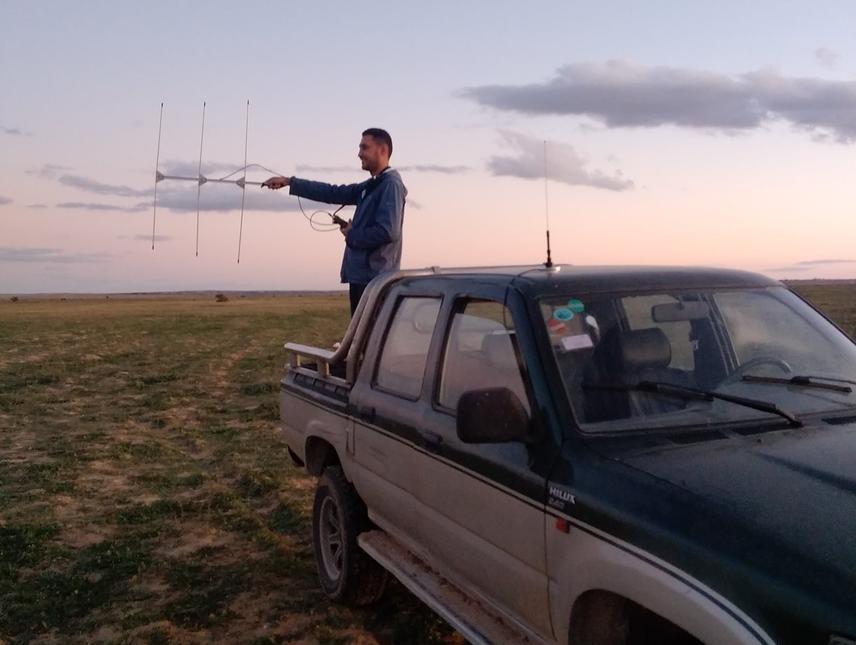Firas Hayder
Other projects
23 Nov 2017
Distribution, Status and Conservation of the Libyan Striped Weasel (Ictonyx Libycus) in Tunisia
The present study will provide insight into the spatio-temporal ecology of a Libyan Striped Weasel population living in a semi-natural habitat, with the aim to infer whether the species is affected by human activities. Hence, the information that will be obtained in this research project will help us to understand the ecological requirements and establish conservation measures for this small carnivore. Furthermore, as an awareness programme, I will organise some courses for students in schools, and simply demonstrate how radio-tracking is working. These actions will hopefully constitute a first step in helping us raising awareness about Ictonyx libycus in particular, and small carnivores in general. Furthermore, I will involve the local people at different stages of the work (e.g. capture of weasels, monitoring by radio-telemetry, etc.).

Considering that Africa is home to over 80 species of small carnivores (<20 kg), and that most of them have not been studied thoroughly, or not studied at all, there is clearly a huge gap in our knowledge of African small carnivores in particular, and their roles in ecosystem functioning in general. Hence, the launching of the first scientific study on the ecology, behaviour and conservation of Libyan Striped Weasel in Africa, and more specifically in Tunisia, will certainly contribute toward filling a part of this gap, as well as enrich our general knowledge on African biodiversity. Furthermore, in Tunisia this species is targeted by poachers and used commercially due to its presumed medical virtues, and suffers from loss of habitat and other threats (Hayder and Do Linh San, in prep.). Therefore, there is a high priority to increase our understanding of the biology and ecology of this species to devise appropriate conservation measures.
During one year, 12 animals (6 M, 6 F) will be followed by means of radio-tracking, by car and on foot, using a receiver and various types of antennas. I intend to monitor all animals from 5–7 times per week in order to determine their daily resting locations. In addition, the collared individuals will be monitored seasonally during four continuous tracking sessions of 10–14h (thrice from 17:00 to 07:00 and once from 07:00 to 17:00). These tracking regimes will be adequate to study Libyan Striped Weasel behaviour (home range and movements, activity patterns and resting ecology).